Prime vs Zoom Lens: Unveiling the Perfect Fit for Your Photography
June 14, 2024

Discover the key differences between prime and zoom lenses and decide which is best for your photography needs. This article breaks down the advantages of each lens type and introduces how to enhance your photos to make them look their best!
Curious about “What is the difference between a prime lens and a zoom lens?” Wondering if one really outshines the other? You’re not alone! Today, we're slicing through the tech talk to lay out the real scoop on zoom vs. prime lenses.
Forget the jargon; let's explore how these lenses perform in the wild and pinpoint exactly which one could elevate your photography game. Whether you’re capturing quiet streets at dawn or chaotic weddings, understanding these tools can be your secret weapon.
Ready to find out which lens might just become your new go-to? Let’s dive in!
Why Prime Lenses Are Great
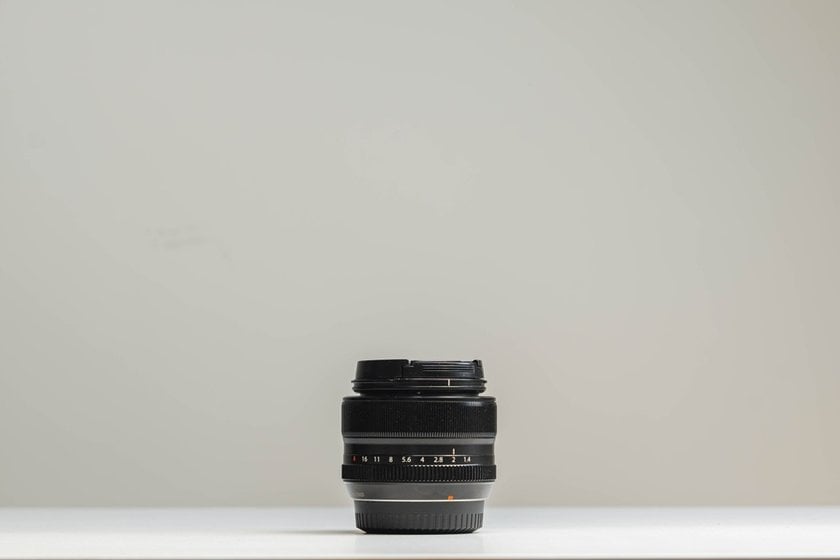
Why opt for a prime lens? Let’s dive into the unique qualities that might just make them your go-to choice!
A Beacon in the Dark: Prime lenses excel in low light, capturing vivid details when others struggle. Their ability to open wide — some up to f/1.2 — means you can keep shooting long after the sun dips without sacrificing clarity or loading up on digital noise. It’s like having night vision in your camera bag!
Compact and Lightweight: Unlike their bulkier zoom cousins, prime lenses won’t weigh you down. They’re perfect for photographers on the move and blend high-quality optics with a design that’s light enough to carry all day. Say goodbye to that dreaded gear fatigue!
Economically Sound: Here’s a sweet spot — prime lenses often come with a lighter price tag. Imagine this: you can gather a collection of prime lenses for different focal lengths at the cost of one or two high-end zooms. It’s quality glass without the sticker shock.
Creative Catalyst: There’s something about being “stuck” with one focal length that sparks creativity. Moving instead of zooming makes you more mindful of composition and perspective, turning an apparent limitation into an artistic challenge.
Are Prime Lenses Better Than Zoom?
While prime lenses boast several enticing advantages, they aren't a one-size-fits-all solution. Their fixed focal length means getting the perfect shot requires a bit more legwork — literally. You'll find yourself moving around to frame your shot just right, which can be a dealbreaker in fast-paced settings!
Advanced yet easy-to-use photo editor
Get Luminar Neo NowWhy Zoom Lenses Are Great

Zoom lenses pack a punch for photographers who crave versatility. Here's a straightforward look at why they're so popular!
All About Flexibility: With a zoom lens, you’re ready for anything. You can capture wide landscapes and then zoom in for a close-up without taking a single step. This adaptability is perfect when you can’t get close to your subject or need to change your view quickly.
Travel Light: A single zoom lens can often do the job of two or three prime lenses. This is great for cutting down what you carry, making it easier to move around and stay focused on taking great photos instead of managing gear.
The Trade-offs: Zoom lenses are usually a bit heavier than prime lenses. While they’re incredibly convenient, they might not always match the crystal-clear quality of primes, especially in very low light. But for many, the ease of use and flexibility are worth it.
Built-In Stability: Many zoom lenses come with built-in stabilization, which helps keep your images sharp at slower shutter speeds or when your hands aren’t rock-steady. This feature is especially valuable in dim lighting or when zooming in on distant subjects.
Keep It Simple: Using a zoom lens lets you stay in the moment. You can keep shooting without stopping to switch lenses, which also means less dust on your sensor and less wear on your camera body.
Best Lenses for Travel Photography: Capturing the Perfect Shot
Learn moreVideo: Prime or Zoom Lenses?
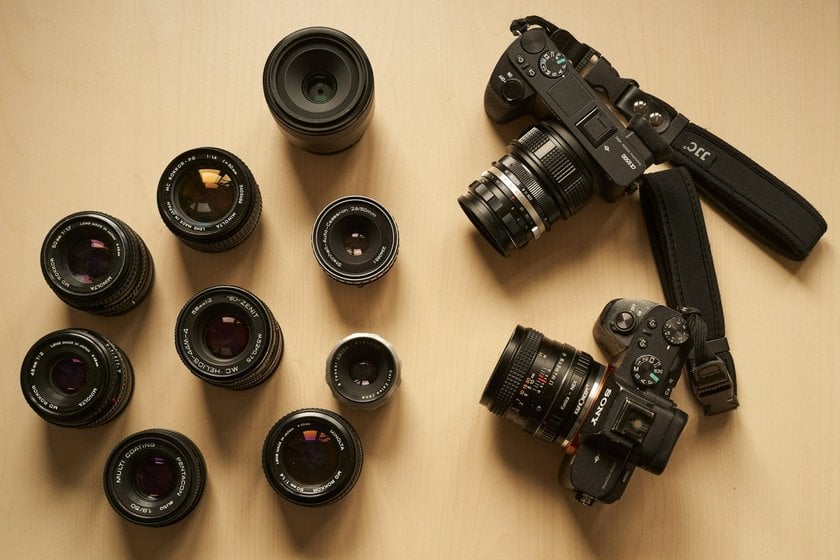
Choosing between prime and zoom lenses for video work depends largely on the shooting context!
Prime Lenses: Known for sharpness and a wide aperture, prime lenses excel in controlled settings like films where lighting and scenes are manageable. They allow precise control over depth of field, producing professional, cinematic effects with minimal focus breathing.
Zoom Lenses: Offer flexibility crucial for live events or documentaries where shooting conditions change rapidly. Features like silent autofocus and adjustable apertures help manage diverse filming scenarios without switching lenses.
The choice between prime and zoom for video should align with the specific demands of your project and personal preference in handling the shoot. Both have their advantages and are valuable tools in a videographer's kit!
Elevate Your Photography with Our Advanced Software
DISCOVER PRICINGLandscape Photography Lens

Out in the vastness of nature, zoom lenses come in handy. They allow you to capture both broad landscapes and intricate details without swapping gear. For example, the Canon RF 14-35mm F4L IS USM adapts quickly to changing scenes and makes it a solid choice for diverse outdoor shoots. But if your adventure extends into the night, the Canon RF 15-35mm F2.8L IS USM’s wider aperture helps gather more light, keeping your images crisp despite the darkness. And for the trekking photographer who counts every ounce, the lightweight Canon RF 16mm F2.8 STM provides great quality without the bulk!
Wedding Photography Lens
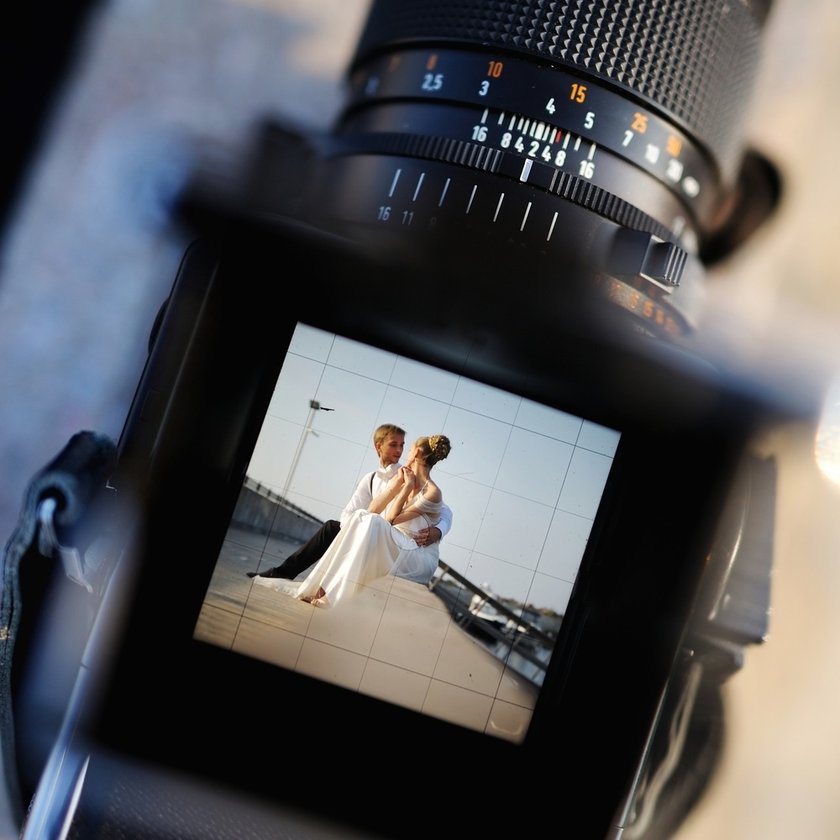
Wedding days are full of fleeting moments and emotions, often captured best with a versatile zoom lens. A lens like the Canon RF 28-70mm F2L USM allows you to seamlessly switch from capturing the entire ceremony to zooming in for a candid laugh or tear during a speech, yet when it’s time for portraits or detailed shots where clarity and bokeh matter, prime lenses like the Canon RF 50mm F1.2L USM bring out the beauty with impeccable sharpness and depth!
9 Best Lens For Sports Photography
Learn morePrime Lens vs. Zoom Lens Photo Comparison
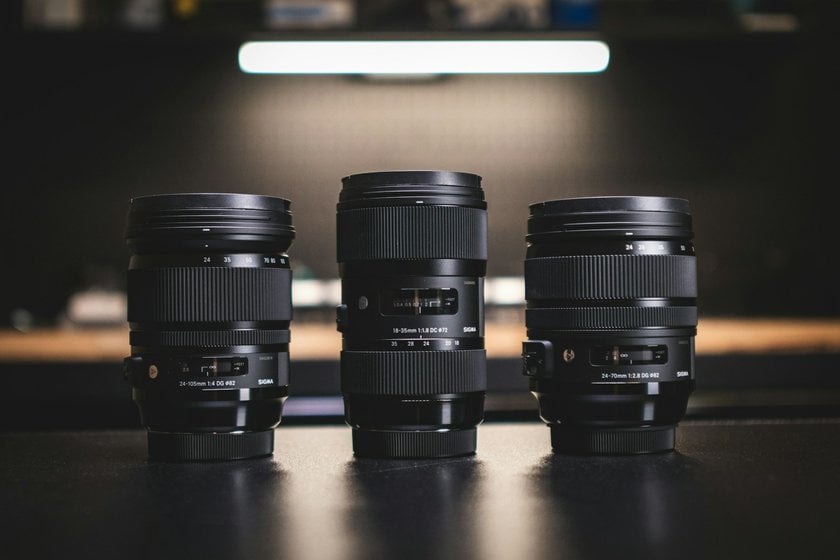
Go for a Prime Lens If:
You want really sharp images.
You like to highlight subjects with blurred backgrounds, especially in portraits.
You're into macro photography, as prime lenses often provide better detail for close-up shots.
Choose a Zoom Lens If:
You prefer having one lens that can do a lot. This is great for traveling light.
You often shoot events like weddings where you need to quickly switch between wide shots and close-ups.
You enjoy wildlife photography and need to capture subjects both near and far without changing lenses.
Final Tip
The best lens really depends on your needs. If you can, having one of each type gives you more flexibility. Pick the lens that helps you capture the shots you imagine, whether it's a prime for clarity or a zoom for convenience!
Editing Photos with Luminar Neo
Now that you've picked out your lens let’s talk about giving your photos a professional finish with Luminar Neo, an AI photo editor. And it’s okay if you don't have both types of lenses because you can fine-tune your photos after you've taken them! For instance, adding a beautiful bokeh effect is a breeze with the Blur Picture Background feature, letting you dial in just the right amount of blur to make your subject stand out.
Luminar Neo also comes equipped with photo composition tools that can tweak the perspective and framing of your shots. Just a few clicks can align horizons perfectly or crop your photo for a more dynamic composition, making it look like you captured your image under ideal conditions.
Automatic photo editing in Luminar Neo is all about convenience and getting superb results quickly. Whether you’re looking to refine the blur in a background, adjust the framing, or apply quick enhancements, this software makes it easy to perfect your photos in no time!
Exclusive Tools of Endless Possibilities in One AI Editor
EXPLORE NOW!Wrapping It Up
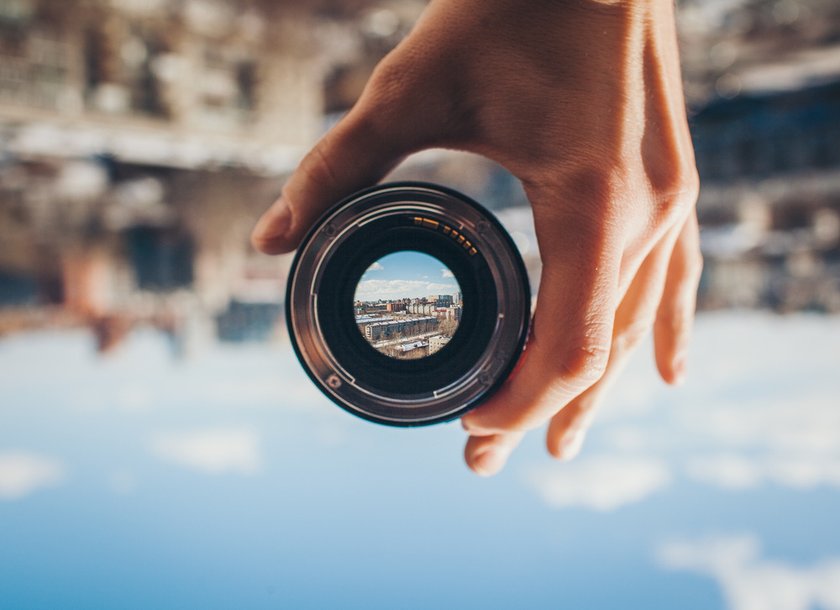
So, "Why are prime lenses better?" It's because they are often favored for their exceptional sharpness and strong performance in low-light conditions. They're great if you're looking for quality and clarity in your photos!
If you need more flexibility, a zoom lens might be your best bet. They let you cover various focal lengths quickly, which is perfect for shooting on the go!
After you've taken your shots, editing them can bring out their best qualities. Luminar Neo makes it easy to adjust composition, fix perspective, or softly blur the background, enhancing your photos with just a few clicks.
Whether you go with a prime or a zoom, using the right tools can elevate your images to a professional level!






